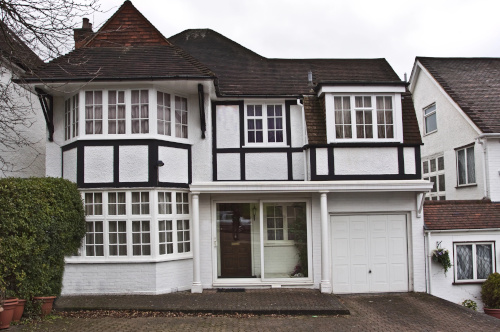
If you have ever lived in Cornwall or tried to buy property in the area, you may have come across the term “mundic block”.
It refers to a historic building material that was particularly popular in Cornwall around 1900-1950 and 1952, which used waste materials from nearby mines as a concrete aggregate (“mundic” is simply the Cornish word for mine waste). It was fairly common in those times for concrete to be mixed locally, using the materials that were at hand. This resulted in a large number of Cornish homebuyer properties being constructed from this ‘mundic’ material.
Why is it a problem?
The issue with the mundic block is that it’s difficult to predict what exactly is in the mixture. Quite often, due to the high mineral content of the Cornish soil and the ore extraction process, the aggregate still contains minerals or chemicals that actually cause the concrete to degrade over time.
Needless to say, this can have a considerable impact on property valuations, with many buyers trying to avoid houses that have been built with mundic and lenders refusing mortgages for properties of a certain condition.
What does a mundic block look like?
It may be obvious that a building has been made with mundic materials or it may be uncovered during a Building Survey. Regardless, in Cornwall and West Devon, any property that has been built (or altered) between 1900 and 1960 and contains concrete or concrete blocks will need to be tested for mundic. Many surveyors offer a Mundic Test to screen concrete building materials or can arrange for one to be carried out on your behalf. This test involves taking small samples of the house’s fabric using a drill, which is then analysed for mineral content and given a grade of A1, A2, A3, B and C.
What do the grades mean?
An A1 or A2 grade is good news. That means that the concrete doesn’t contain any potentially harmful materials or contains so few that there are unlikely to be future problems as a result. Nearly all mortgage lenders consider this to be an acceptable grade to lend against.
If a sample contains more than these levels of mundic, it may be classed as a grade A3. However, special testing is required to obtain this grade (rather than a grade B), and the testing is expensive, time-consuming, not appropriate for every case and may still be denied by mortgage lenders.
You will not secure a mortgage if the property is classed as a B or C on a mundic test. This means that mundic makes up more than 30% of the concrete and may already be causing visible degradation. However, if the mundic is limited to a specific part of the property, you may be able to replace it with a modern material in order to obtain a lending.
Contact us to see how we can help
At Hammond and Shaw, we have extensive experience in helping clients across South Devon with issues with mundic block. For more information about mundic block, Cornish homes or surveying services across the country, please get in touch with us today.